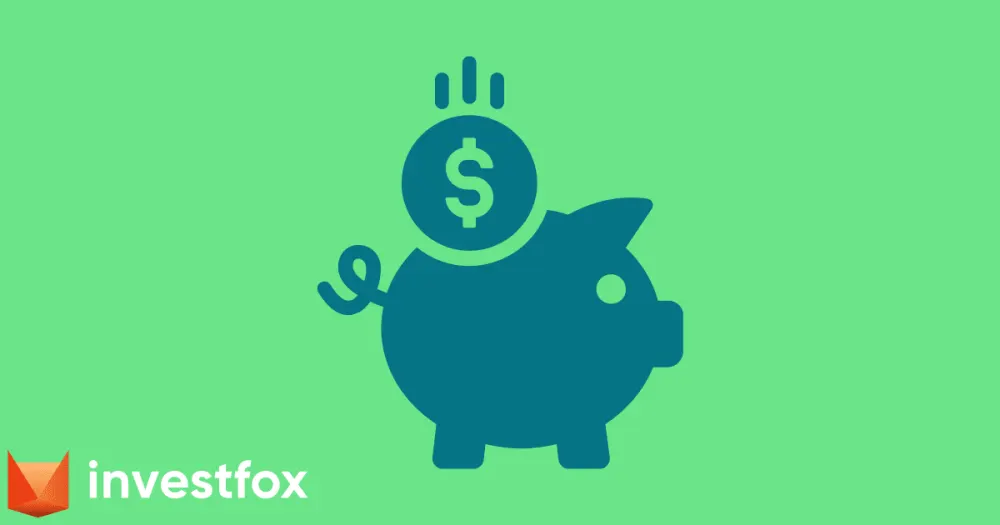Our partner, XM, lets you access a free demo account to apply your knowledge.
No hidden costs, no tricks.

Retirees in the United States are some of the largest providers of liquidity to the financial markets. Pension plans allow working-age adults to balance their retirement portfolios by investing in a variety of stocks, funds and bonds.
Employees in the United States can participate in a few different types of retirement plans. One of these, and the most popular one is the 401(k) plan.
A 401(k) plan is a type of employer-sponsored retirement savings plan available in the United States. It allows employees to save for their retirement by making regular contributions to the plan, often with the added benefit of employer contributions.
Many employees choose relatively conservative investment strategies and contribute regularly while investing in treasury bonds and major indices, such as the S&P 500.
If you are interested in how the 401(k) plans works, as well as the pros and cons associated with enrolling in one, this Investfox guide can help.
A 401(k) plan is a tax-advantaged retirement savings vehicle provided by employers to help employees save for their retirement. It offers tax benefits, potential employer matching contributions, and a range of investment options.
To participate in a 401(k) plan, an individual must be employed by a company that offers such a plan. Employers may set specific eligibility criteria, such as a waiting period (e.g., three to six months) before an employee can start contributing. Some employers also extend 401(k) benefits to part-time employees.
401(k) plans are also available to self-employed individuals who can make regular contributions to the plan.
Employees contribute a portion of their pre-tax income to their 401(k) accounts through automatic payroll deductions. The maximum annual contribution limit is set by the IRS and can change from year to year.
As of 2023, contribution limits are $22,500 for employees, and $30,000 for those above the age of 50.
These contributions are tax-deferred, meaning they are not subject to income tax until they are withdrawn during retirement.
Many employers offer a 401(k) match, where they contribute money to an employee's 401(k) account based on the employee's own contributions. The employer match is typically a percentage of the employee's salary, up to a certain limit.
For example, an employer might match 50% of an employee's contributions up to 6% of their salary. This matching contribution is essentially free money and a powerful incentive for employees to save for retirement.
Within the 401(k) plan, participants can usually choose from a range of investment options, such as mutual funds, exchange-traded funds (ETFs), stocks, bonds, and money market funds.
The specific investment options available can vary from one plan to another. Employees can allocate their contributions among these investment options based on their risk tolerance and retirement goals.
In the case of a self-directed 401(k) plan, employees can choose what to invest in themselves and fully direct their investments autonomously.
401(k) contributions are tax-deferred, which means they are deducted from an employee's taxable income for the year in which they are made. This reduces the employee's current income tax liability.
Taxes are only paid when withdrawals are made in retirement, ideally at a lower tax rate since retirees typically have lower income than during their working years.
Employees are always fully vested in their own contributions to a 401(k) plan. However, vesting rules may apply to employer contributions. Vesting determines when employees have full ownership of employer contributions.
There may be a graded vesting schedule, which means employees become gradually more vested in their employer's contributions over time.
401(k) plans are intended for retirement savings, so there are penalties for withdrawing funds before a certain age (usually 59½).
Early withdrawals are subject to a 10% penalty in addition to income taxes. There are some exceptions, such as financial hardship withdrawals, loans, and early retirement after age 55.
When employees change jobs or retire, they can typically choose to leave their 401(k) funds in their former employer's plan, transfer them to their new employer's plan (if available and permitted), or roll them over into an Individual Retirement Account (IRA) to maintain tax advantages and more control over investment choices.
Starting at age 72 (or 70½ for those who reached that age before January 1, 2020), retirees are required to begin taking minimum distributions from their 401(k) accounts to ensure that they start drawing down their retirement savings.
The IRS provides guidelines for calculating the annual RMD amount.
Our partner, XM, lets you access a free demo account to apply your knowledge.
No hidden costs, no tricks.
Employees from the age of 21 can open 401(k) plans and start contributing upwards of $22,500. Companies that offer 401(k) plans are obligated to offer them to employees of at least 21 years of age in the United States.
401(k) plans grow tax-deferred, meaning employees do not have to pay income taxes on their gains. However, in the case of an early redemption, a 10% penalty is in place, and the plan becomes subject to income tax.
As of 2023, employees can contribute upwards of $22,500 annually to their 401(k) plan. For people over the age of 50, this figure is increased to $30,000.